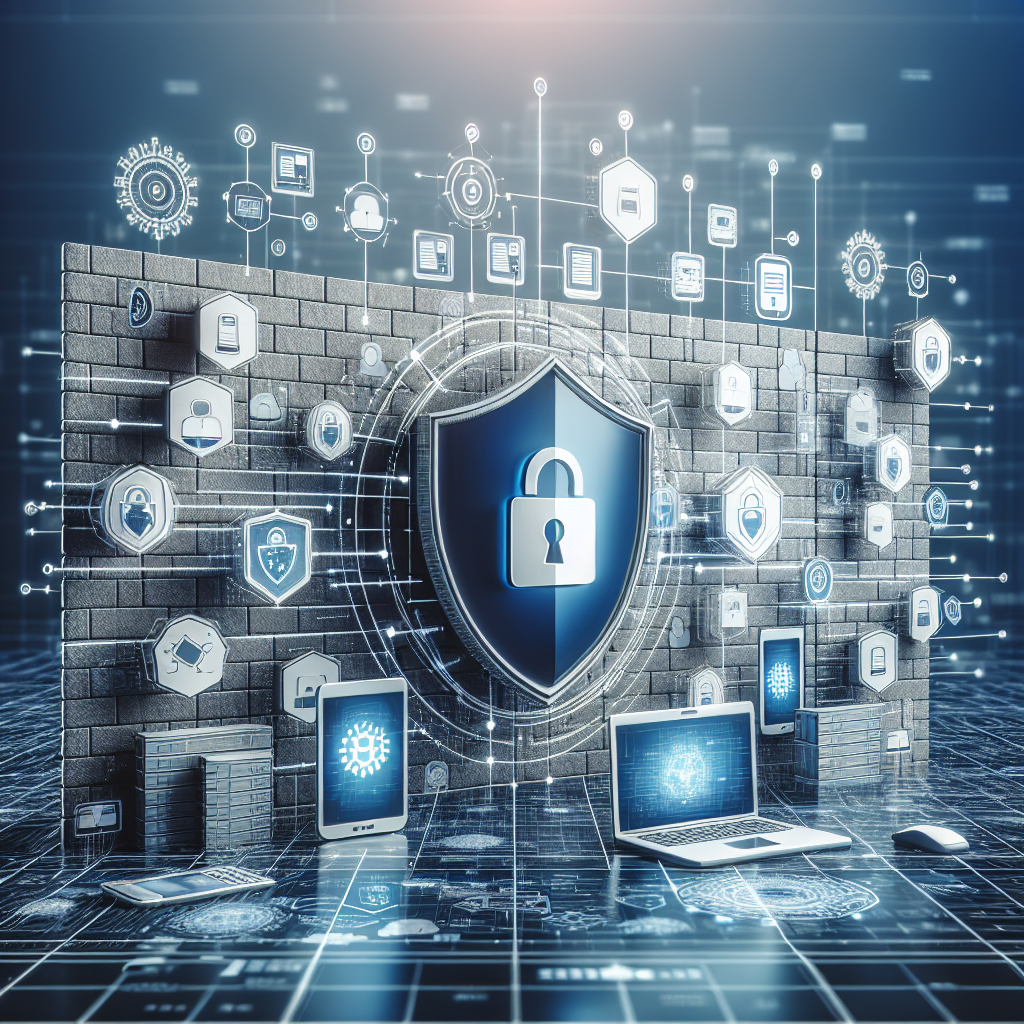9 Essential Cybersecurity Tips for Remote Teams in 2024
- Dan Good Systems
- Sep 11, 2024
- 2 min read
In the current professional landscape, remote work has become the norm for many businesses. While this shift offers flexibility and convenience, it also brings about new challenges, particularly in the realm of cybersecurity. With remote teams accessing company data from various locations, the need for robust cybersecurity practices is more critical than ever. Here are nine essential cybersecurity tips to safeguard your remote team and company assets:
1. Implement Secure Password Protocols

Maintain strong password policies by enforcing complex passwords with a mix of numbers, special characters, and upper and lower case letters. Encourage the use of password managers to securely store and manage credentials.
2. Enable Multi-Factor Authentication (MFA)
Implementing MFA adds an extra layer of security by requiring users to provide two or more verification factors to access accounts. This significantly reduces the risk of unauthorized access even if passwords are compromised.
3. Secure Network Connections

Ensure that remote team members use secure, encrypted connections such as VPNs when accessing company resources. Public Wi-Fi networks can be vulnerable to cyber threats, so it's crucial to safeguard data transmission.
4. Regularly Update Software and Systems
Maintain all devices, applications, and operating systems up to date with the latest security patches. Outdated software is often targeted by cybercriminals for exploitation, making regular updates a key cybersecurity practice.
5. Provide Ongoing Security Training
Educate remote team members on cybersecurity best practices, such as identifying phishing attempts, avoiding suspicious links, and recognizing common cyber threats. Regular training sessions can significantly enhance the overall security posture of your team.
6. Implement Data Encryption
Encrypt sensitive data both in transit and at rest to protect it from unauthorized access. Encryption converts data into a coded format, making it unreadable to anyone without the decryption key, adding an extra layer of security to your information.
7. Monitor and Control Access Rights
Regularly review and update user permissions to ensure that employees only have access to the data and systems necessary for their roles. Implementing least privilege access minimizes the risk of internal data breaches.
8. Backup Data Regularly
Establish a robust data backup strategy to prevent data loss in the event of a cyber attack or system failure. Regularly backup critical information to secure cloud storage or offline devices as an additional layer of protection.
9. Create an Incident Response Plan
Develop a comprehensive incident response plan outlining the steps to take in the event of a security breach. Define roles and responsibilities, establish communication protocols, and conduct periodic drills to ensure readiness in case of an actual cyber incident.
In conclusion, prioritizing cybersecurity within your remote team is paramount to safeguarding sensitive information and maintaining business continuity. By implementing these nine essential cybersecurity tips, you can fortify your organization against cyber threats and empower your remote team to work securely and confidently in the digital landscape of 2024 and beyond.
Remember, cybersecurity is a shared responsibility, and with the right practices and protocols in place, your remote team can navigate the digital world with resilience and security.
Should you have any inquiries regarding your present cyber security preparedness, feel free to contact Dan Good Systems for a complimentary assessment today!
Stay Safe, Stay Secure!



Comments